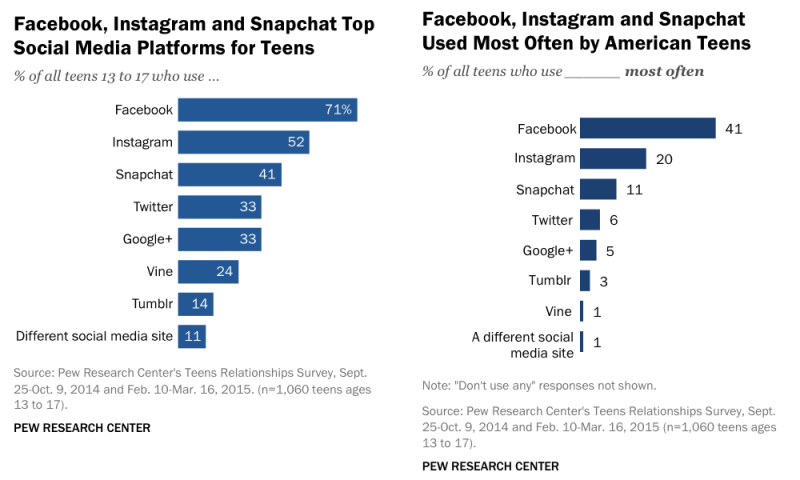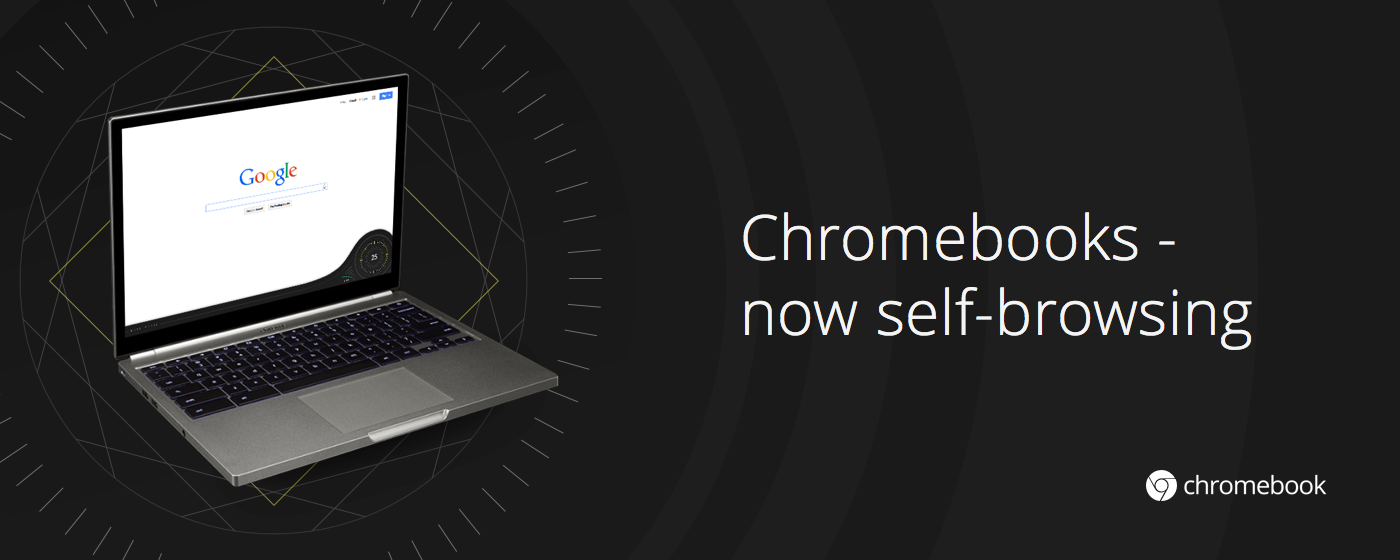
Are we at peak Facebook? I hear that question all the time, with all sorts of statistics to suggest the social media giant is beginning to falter, but a new study by the Pew Research Center shows Facebook is standing strong.
The most commonly cited “sign” of Facebook’s demise is the falling rate of teens signing up for the service, but the new findings show Facebook is still the top social media platform for U.S. teens by a huge margin.
According to the Pew study, 71% of Americans between the ages of 13 and 17 use Facebook which is roughly equal to the percentage of U.S. adults using the service.
In fact, the biggest difference found between how teens use social media compared to their elders isn’t related to Facebook at all. The big differences is what other social media platforms they are using. Adults lean towards LinkedIn and Pinterest for their social networking, but teens are moving to more informal, content-based platforms such as Instagram and Snapchat.

Over 50% of the nationally representative sample of 1,060 individuals reported using Instagram, while 41% have adopted Snapchat. The only other platforms specifically included in the survey were Twitter (used by 33%), Google+ (33%), Vine (24%), and Tumblr (14%).
The survey did find a slight schism between younger and older teens, but the split is less clear than most predict. Facebook is more popular with older teens, while less than half (44%) of the 13 year olds reported using the network. Household income also seems to be a factor in social media use, as 77% of teens from families earning less than $50,000 annually reported using Facebook, compared to 68% of families who earn more.
The findings of the survey also had some interesting facts for the other social media platforms. For example, Instagram is more popular with girls by a long shot. Over 60% of girls reported using the photo and video sharing site, while only 44% of boys claim to have signed up for the service.
Less surprising for anyone are the findings that teens are in fact very active on the internet; 92% report going online daily, and 24% said they are connected “almost constantly.”
More than half of the teens (56%) go online several times a day, while 12% report once-a-day use, and only 6% report weekly use of the internet. Also of little surprise is the news that smartphones are driving this rise in teen online engagement. Of the 73% of teenagers with access to mobile phones, 94% go online at least once a day.
Perhaps the biggest finding from the study is that while Facebook may be in the lead, it does not have the monopoly it once had. Only one in five of the teens who use social network say they only use a single platform. Of those, Facebook was the most common single choice with 66%, while 13% use Google+, 13% use Instagram, and 3% use Snapchat.
For the full Pew study, head to the Pew Center site.










